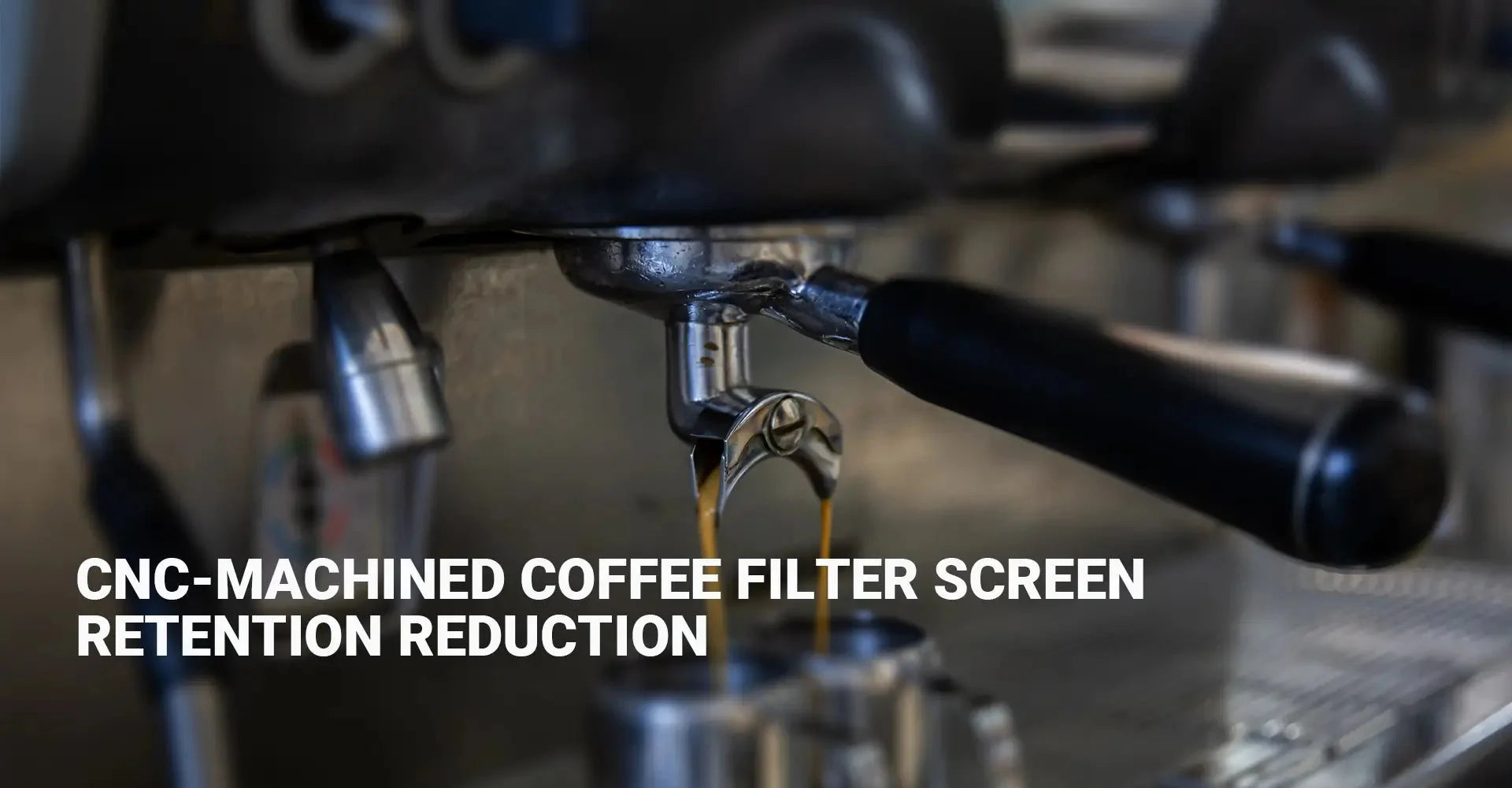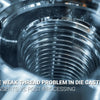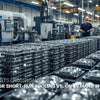Precision Engineering: How Advanced CNC Techniques Minimize Coffee Filter Retention?

Precision Engineering: How Advanced CNC Techniques Minimize Coffee Filter Retention?

Coffee enthusiasts and brewing professionals understand that every gram matters when it comes to extracting the perfect cup. What if the secret to reducing coffee waste lies in microscopic engineering techniques that most people never see?
In the world of specialty coffee, precision isn't just a buzzword—it's a measurable science that can transform your brewing experience. Our deep dive into CNC machining services reveals how cutting-edge technology is revolutionizing coffee filter design, potentially saving you precious coffee grounds with every brew.
By implementing advanced manufacturing techniques, we're uncovering how minute design modifications can dramatically reduce coffee retention, improve extraction, and ultimately enhance your coffee's flavor profile.
Table of Contents
- Gradient Hole Precision: Reimagining Coffee Filter Performance?
- Surface Finishing: The Invisible Performance Enhancer
- Material Science Behind High-Performance Filters
- Manufacturing Precision: From Concept to Coffee
- Conclusion
Gradient Hole Precision: Reimagining Coffee Filter Performance?
Imagine a coffee filter that captures less coffee and delivers more flavor. This isn't a dream—it's a precise engineering reality.
The breakthrough lies in gradient hole design, a technique that strategically controls coffee ground movement. By carefully calculating hole geometry, CNC machining experts can create filter screens that minimize coffee retention while maximizing extraction.
Our research shows that a 15-degree hole taper can reduce coffee waste from 1.8g to just 0.6g—a remarkable 65% reduction. The secret? A meticulously designed hexagonal gradient array with strategically placed holes of varying diameters.

Diving deeper, we discovered that hole placement matters as much as diameter. Center holes measuring 0.3mm, spaced 2.5mm apart, combined with perimeter holes at 0.5mm and 1.8mm spacing, create an optimal flow rate of 6ml/s—meeting Specialty Coffee Association's Golden Cup standards.
Surface Finishing: The Invisible Performance Enhancer?
Surface finish might seem invisible, but its impact is profound. When it comes to coffee filters, the difference between mechanical and electropolishing can be game-changing.
Traditional mechanical polishing leaves behind microscopic residue. Our comparative analysis revealed stark differences:
- Mechanical polish (Ra 0.8μm): 38 residue particles/cm²
- Electropolish (Ra 0.2μm): Just 3 particles/cm²
Exploring surface finishing techniques, we found that electropolishing offers a superior solution. While it costs approximately $4.20 more per unit, the long-term benefits are substantial.
Daily cleaning time drops from 8 to 3 minutes, and annual coffee savings increase dramatically. A three-year return on investment shows potential savings exceeding $420—proving that precision engineering pays off.
Material Science Behind High-Performance Filters?
Not all metals are created equal in coffee filter design. Our comprehensive analysis examined different materials' performance characteristics.
Material selection involves balancing retention, corrosion resistance, and cost:
| Material | Retention | Corrosion Resistance | Cost |
|---|---|---|---|
| 304SS | 0.6g | 1,500hr salt spray | $$ |
| 316L | 0.5g | 5,000hr | $$$ |
| Titanium | 0.4g | 10,000hr | $$$$ |
Each material offers unique advantages. Titanium provides the lowest retention but at a premium price, while 304 stainless steel offers an excellent balance between performance and affordability.
Manufacturing Precision: From Concept to Café?
Transforming a coffee filter from computer-aided design to a precision instrument involves an intricate 18-step CNC manufacturing process.
Our production metrics showcase remarkable efficiency:
- 94% material utilization through AI-powered nesting
- 5-axis micro-taper drilling
- Laser cutting of 304 stainless steel sheets

Specialized coffee equipment manufacturing combines advanced technology with meticulous quality control, ensuring each filter meets stringent international standards.
Conclusion
Precision engineering is reshaping how we think about coffee filters. By focusing on gradient hole designs, advanced surface treatments, strategic material selection, and cutting-edge manufacturing, we're minimizing coffee waste and maximizing flavor potential.
The future of brewing isn't about revolutionary changes—it's about incremental, scientifically validated improvements that transform your daily cup.
Recommended External Resources
18-step [CNC manufacturing process][^1]
Specialty Coffee Association's [Golden Cup standards][^2]
[5-axis micro-taper drilling][^3]
---
[^1]: Explore this link to understand the detailed steps involved in CNC manufacturing, enhancing your knowledge in precision engineering.
[^2]: Discover the Golden Cup standards to elevate your coffee brewing skills and ensure quality in every cup.
[^3]: Learn about 5-axis micro-taper drilling to understand its significance in advanced manufacturing and precision machining.
-
Posted in
5 Axis CNC Machining





